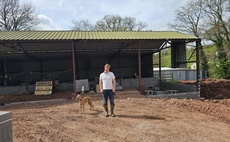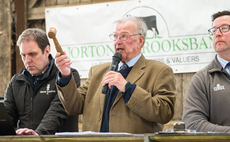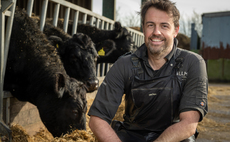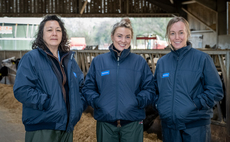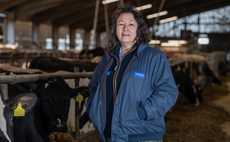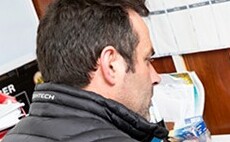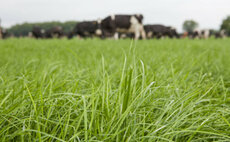Campaigns
Partner Content
For many farming families, a successful diversification can mean the difference between staying in the black and falling into the red. But achieving this success can often be frustrated by costly planning challenges. Shannon Fuller, Planning Advisor with the CLA, highlights the key considerations.
Partner Content
Patience and perseverance have finally paid off for tenant farmer Ralph Raynor in his quest to convert three redundant buildings into residential homes under Class Q Permitted Development rights.
Shows & Sales
Chris Norton, of dairy auctioneers Norton and Brooksbank, celebrated 50 years as an auctioneer by selling at the Whitecarr sale for the Cowell family, Preston
Virbac DB
Ian Cure, of LLM Farm Vets explains how correcting trace element deficiencies by adopting a new method of supplementation has had a major impact on cow and calf health in the beef suckler herd at Myerscough college farm.
Virbac DB
Like a car in need of a top up of oil to ensure optimum performance and a reduced risk of engine damage, cattle trace mineral status also requires effective management.
Virbac DB
Correctly managing the trace mineral status of dairy animals at points of stress, including the weaning and transition periods, is critical to herd productivity and profitability. Kate Ingram, Veterinary Advisor at Virbac, gives expert advice on how dairy farms can achieve this.
Virbac DB
Trace minerals affect profitability because they are production elements, says Sabrina Jordan, Farm Product Manager at Virbac.
Better Silage
Baled grass silage can be as good as clamped silage, says Volac silage scientist, Dr Mark Leggett, but it is essential to employ equal attention to detail when making it – starting by cutting grass at the optimum time.
MSD SenseHub
Herd monitoring systems such as SenseHub® from MSD Animal Health provide powerful insights into the health and reproduction performance of dairy.
Better Silage
High quality silage is a high energy, palatable and digestible forage which can provide a significant proportion of the nutritional needs of a high yielding dairy cow.

 22 May 2024
•
1 min read
22 May 2024
•
1 min read
